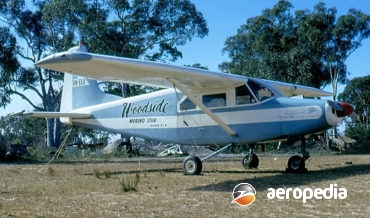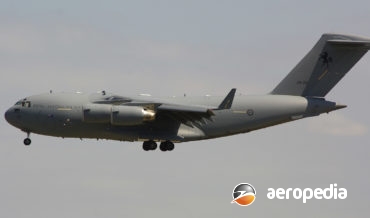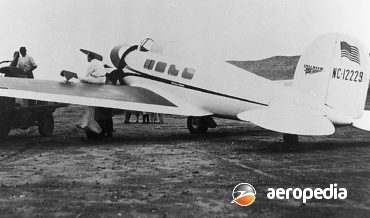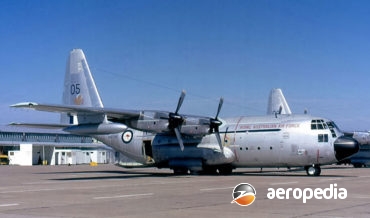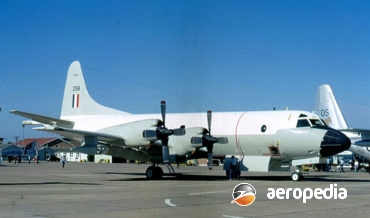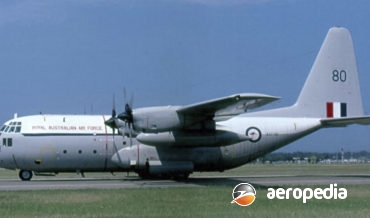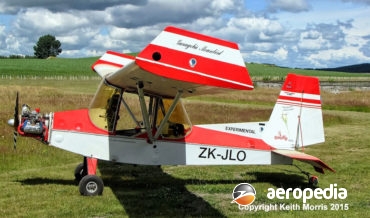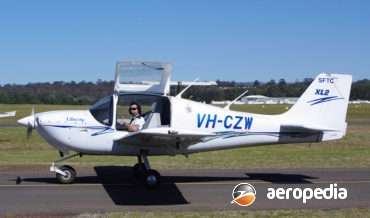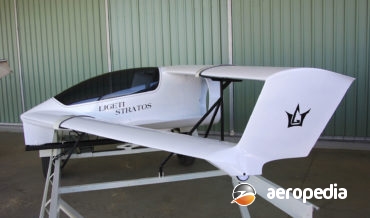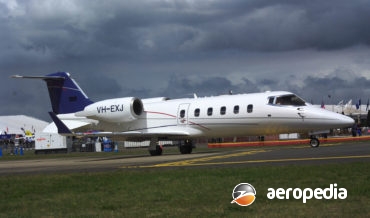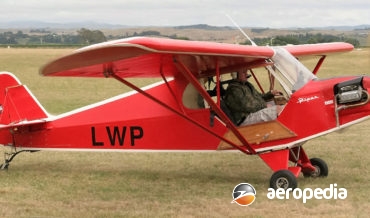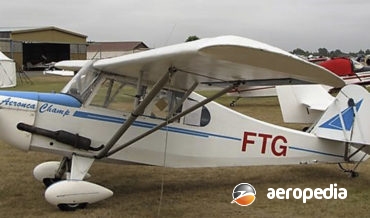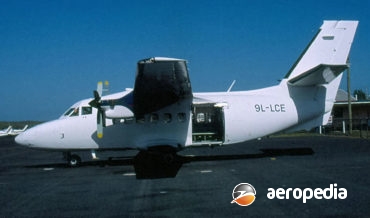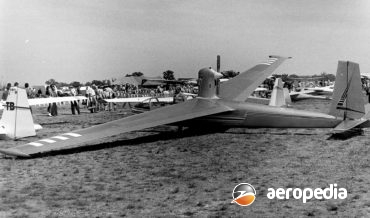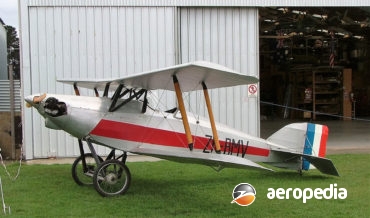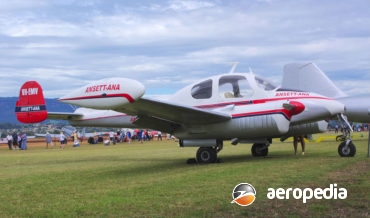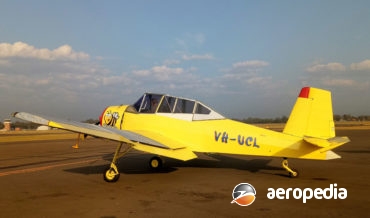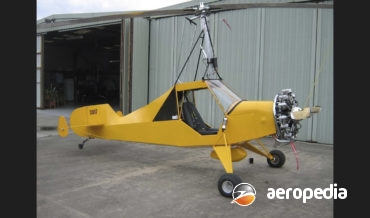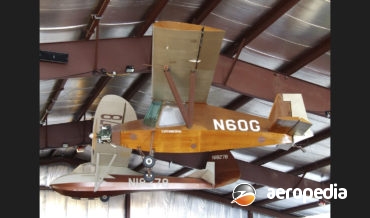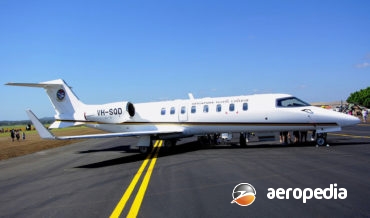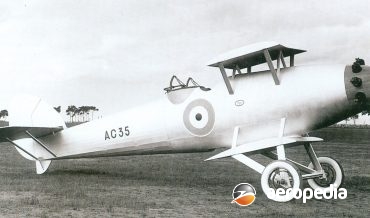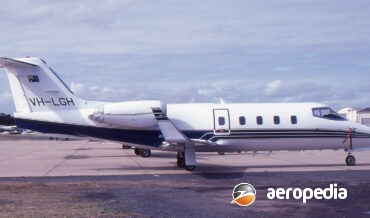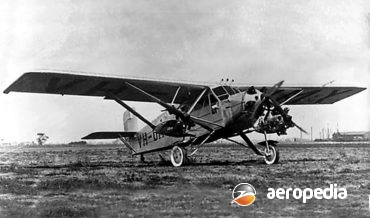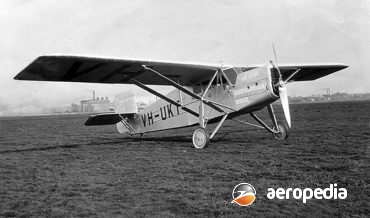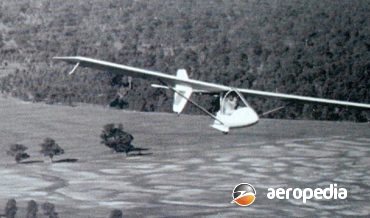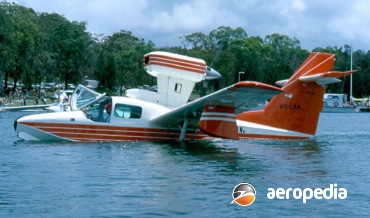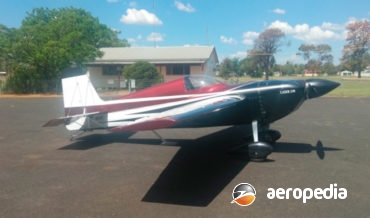All Contents
Contents
The Lockheed 60, also known as the LASA-60, the CL-402, and the Santa Maria, was designed and built by Lockheed’s Georgia Division to a specification prepared by General Juan Azcarate of Mexico.
David C. Eyre
- May 8, 2019
The concept of the C-17 commenced in the late 1970s when the United States was looking for a new long-range transport.
David C. Eyre
- May 8, 2019
The Lockheed Sirius was designed by Gerrard Vultee for Colonel Charles Lindbergh, being built at Burbank, California. It was a low-wing monoplane with two cockpits and was used to set a number of US trans-continental records.
David C. Eyre
- May 8, 2019
In the 1920s Lockheed introduced the Model 8 Sirius which had been designed by Gerald Vultee. This was followed by the Model 9 Orion in 1930, which seated six passengers and a pilot.
David C. Eyre
- May 8, 2019
The most successful large military transport in the Western inventory, and with more than 2,000 examples built in a variety of versions, the Hercules continues in production in the C-130J variant.
David C. Eyre
- May 8, 2019
One of the many variants of the maritime patrol Lockheed Orion, the TAP-3B was developed from the P-3B series to serve as a trainer and transport in order to conserve the airframe life of the Lockheed P-3C fleet of the US Navy. Three examples were obtained as the TAP-3B (Trainer
David C. Eyre
- May 8, 2019
Development of the Hercules has continued over the years. After the C-130A was the C-130B, which differed from the C-130A in having up-rated T56-A-7 engines and four-blade Hamilton Standard propellers in place of the three-blade Aeroproducts units.
David C. Eyre
- May 8, 2019
The Lockheed L-1011 Tristar (Model 193) was designed as a competitor for the Douglas DC-10, the manufacturer being approached by American Airlines to build an airliner smaller than the Boeing 747 but able to operate from its main bases at Dallas and New York to London and South America.
David C. Eyre
- May 8, 2019
Of similar configuration to the Maxair Drifter, the Air Cam is a two-seat, open-cockpit, light twin-engine aircraft intended for aerial photography which has utility applications, and which is marketed by Leza-Lockwood Corp of Sebring, Florida.
David C. Eyre
- May 8, 2019
In the 1950s two brothers, James and William Lobet, who were residents in the south of France, showed an interest in aircraft and designed and built a range of gliders to meet their needs.
David C. Eyre
- May 8, 2019
The XL-2 was designed by Anthony Tiarks and built in the United Kingdom as a two-seat low-wing, general aviation aircraft in the late 1990s by Liberty Aircraft, a subsidiary of the company which previously conceived and marketed the very successful Europa kitplane.
David C. Eyre
- May 8, 2019
Charles Ligeti in 1982 built a hang-glider for the Australian Bird Man Rally and then went on to design the Statos, the prototype flying on 25 April 1985 for 45 minutes.
David C. Eyre
- May 8, 2019
The T-2 Sundowner is a two-seat in tandem light sporting aircraft produced by Light Aero Australia, this company entering the field of producing light kit aircraft in 2010, and displaying the prototype of the T-2, incomplete, at the 2011 Natfly event at Temora.
David C. Eyre
- May 8, 2019
The Learjet 60 was announced on 3 October 1990 as the successor to the Learjet 55C, the first proof-of-concept aircraft flying with a Pratt & Whitney PW 305 turbofan on 18 October 1990, flying with two PW 305s in May 1992.
David C. Eyre
- May 8, 2019
This is one of a series of light aircraft kits produced by Light Miniature Aircraft of Keechobee, Florida in kit form for amateur construction.
David C. Eyre
- May 8, 2019
In the late 1920s Mr T D Leech, a lecturer in civil engineering at the Sydney University, with the assistance of five graduates from the University, designed and built a biplane known as the Australian Maid.
David C. Eyre
- May 8, 2019
Light miniature Aircraft of Okeechobee, Florida, is a company which has produced replicas of light aircraft of the 1950s to various scale, these including the LM-2X-2P 7/8th scale replica of a Taylorcraft.
David C. Eyre
- May 8, 2019
The L-410 series was designed by the Letov organisation as a light transport and feeder liner for operation in the eastern block. The prototype (OK-YKE) flew for the first time on 16 April 1969 powered by two 533-kw (715-eshp) Pratt & Whitney Canada PT6A-27 turboprops.
David C. Eyre
- May 8, 2019
The LM-5X Super Cub was first introduced to the light aircraft market in 1993, being an 88% scale copy of a Piper J-3 Cub, the aircraft being constructed of wood covered in dacron. It is a high-wing machine with a high-wing with a tractor engine and a tailwheel.
David C. Eyre
- May 8, 2019
The Blanik L-13 glider was a two-seat trainer produced by Let Kunovice in Czechoslovakia in the 1950s, the prototype making its first flight in 1956 and more than 3,000 examples have been delivered in a variety of models over many years. It is said to be the most widely used
David C. Eyre
- May 8, 2019
The Lincoln Sports light biplane for amateur construction was designed in the USA in the 1920’s by Mr S Swanson of Vermillion, North Dakota.
David C. Eyre
- May 8, 2019
The Morava was designed by Ladislav Smrcek as a four/five seat successor to the Aero 145, and the prototype, the first of three (OK-LNA), was flown for the first time on 8 April 1957.
David C. Eyre
- May 8, 2019
The Classic is one of a series of ultra-light aircraft produced by Free Bird Innovations Inc of Detroit Lakes, Minnesota.
David C. Eyre
- May 8, 2019
The Z-37 Cmelak (Bumble Bea) was designed and built by LET Narodni Podnik, the LET National Corporation which evolved from a branch of the Skoda series of companies.
David C. Eyre
- May 8, 2019
Little Wing Autogyros of Mayflower, Arizona, has for some years now produced a series of light single-seat fully enclosed tractor autogyros.
David C. Eyre
- May 8, 2019
The Let Z-37 Cmelak (Bumblebee) was an agricultural aircraft designed and built in Czechoslovakia, work commencing in 1961 and the prototype the XZ-37 first flew on 29 March 1963.
David C. Eyre
- May 8, 2019
In 1953 the Lobert brothers, William and James, decided to design and build their own aircraft and this machine (F-WECC) became known as the Lobert 01, flying for the first time at Lille in France in 1953.
David C. Eyre
- May 8, 2019
The Learjet 31 is one of a series of business and executive jet aircraft produced by Learjet, which is a subsidiary of Bombardier Aerospace.
David C. Eyre
- May 8, 2019
The Skylark is an ultra-light aircraft developed by Mr Ronald Lang of Officer, VIC in the early 1980s. Mr Lang also designed and developed an engine known as the Skylark for use in his and other ultra-light aircraft.
David C. Eyre
- May 8, 2019
For many years the Learjet was marketed as the fastest business jet in production, and more than 1,500 examples of a variety of models have been built.
David C. Eyre
- May 8, 2019
The Antares is a single-seat self-launched glider, produced in Zweilbrucken, Germany, by Lange Aviation GmbH which utilises an engine in the rear fuselage and is produced in a number of models.
David C. Eyre
- May 8, 2019
The design of the Learjet 45 was announced at the NBAA convention in the United States on 29 September 1992. The prototype/first production aircraft (N45XL) was first flown on 7 October 1995, being followed by the second aircraft (N452LJ) on 6 April 1996.
David C. Eyre
- May 8, 2019
In 1926 the RAAF was seeking to obtain a number of new aircraft types, one of which was to be a single-engine biplane for army co-operation and light-bombing duties.
David C. Eyre
- May 8, 2019
The Longhorn 55 was a development of the former Learjet series, being a mating of the wing used on the Series 28 and 29 with a new designed fuselage possessing a 50% greater cross section.
David C. Eyre
- May 8, 2019
The Lasconder was the second commercial aircraft designed and built by the Larkin Aircraft Supply Co Ltd (LASCo).
David C. Eyre
- May 8, 2019
The Lascoter single-engine cabin monoplane was designed by Mr W S Shackleton, a British designer, who visited and was resident in Australia for a period in the 1930s.
David C. Eyre
- May 8, 2019
The Hitchhiker was designed, built and marketed by Robert Labahan of Seville, VIC in the mid 1980s as a single-seat, open-cockpit ultra-light suitable for cross-country and short field operations.
David C. Eyre
- May 8, 2019
One of the important design bureaus in the Soviet Union during World War II was that headed by Semyon Alexse’evich Lavochkin.
David C. Eyre
- May 8, 2019
The Renegade is a six-seat development of the Buccaneer, a type which has proved very popular in this region, with more than 40 examples registered over the years.
David C. Eyre
- May 8, 2019
The Z-2300 was designed for unlimited class competition aerobatics and is a two-seat development of the single-seat Z-300, which itself was developed from the Rebel 300.
David C. Eyre
- May 8, 2019
Recent Comments
Archives
Categories
- No categories
Categories
- No categories
Latest Posts
Newsletter

